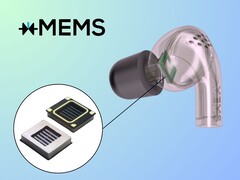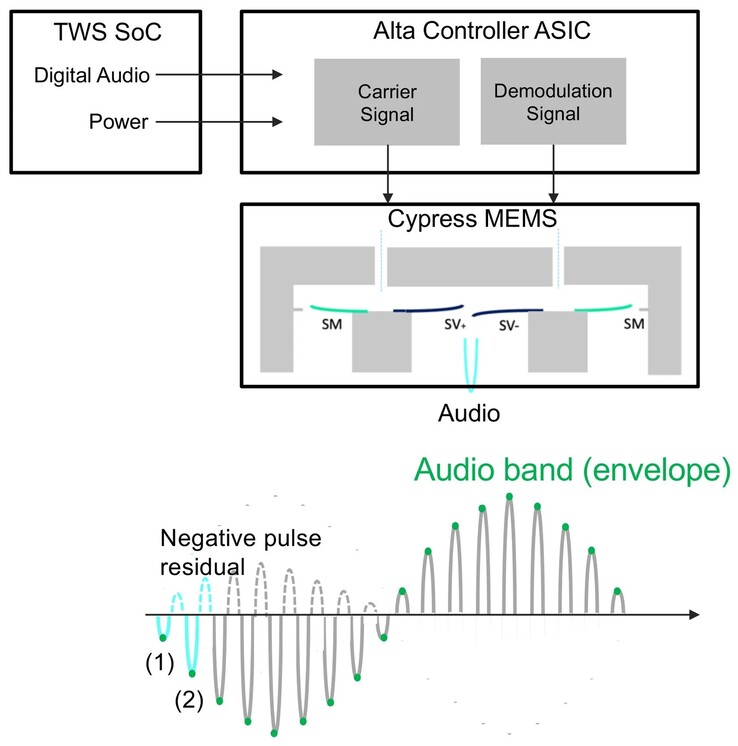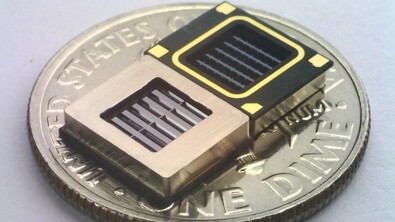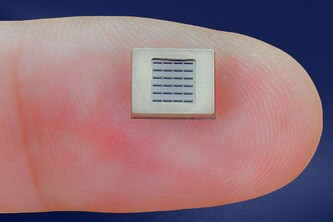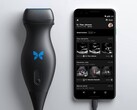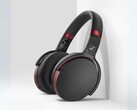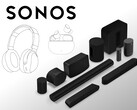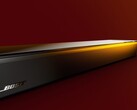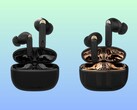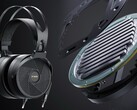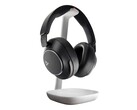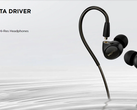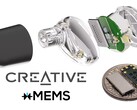xMEMS has been in the news for its unconventional monolithic MEMS earphone drivers, as well as its recent partnership with Creative to develop the next generation of wireless earbuds. Now, the California based company has unveiled another groundbreaking technology – a solid state driver that uses ultrasonic pulses to create sound in the audible range. Cypress is the first full-range MEMS-based driver, as it can recreate loud bass frequencies without needing to be paired with a conventional dynamic driver.
The device operates by modulating the amplitude of an ultrasonic signal (carrier) using the desired audio signal (the same principle that's used in AM radio). Effectively, the envelope of the ultrasonic carrier becomes identical to the audio signal, and this modulated signal is then demodulated to recreate the intended signal. xMEMS claims the driver can reach sound pressure levels of 140 dB down to 20 Hz, a feat previously not possible with its other devices.
Solid state drivers have an ultra-fast response, which enables them to eliminate phase distortions, caused by very tiny delays of the order of the signal wavelength. Phase distortion is not directly audible to the human ear, but it does affect spatial perception of sound, and therefore soundstage in both stereo and 3D audio content. It also becomes significant in active noise cancellation, where the inverted sound wave needs to be perfectly out of phase with the original sound for effective cancellation.
MEMS drivers’ excellent high frequency response also means that ANC systems, which typically struggle with high frequencies, can perform better in the treble range. In addition, they are easy to manufacture to consistently tight tolerances, requiring far less testing and matching. Being devoid of magnets, they are lighter and immune to electromagnetic interference.
Early prototypes of the Cypress driver are being tested by selected manufacturers, and mass production is planned for late 2024. However, xMEMS will demonstrate the device on January 9-12 at CES 2024 in Las Vegas.
For those willing to break away from conventional coil-based drivers, similar high fidelity sound can be achieved from planar magnetic headphones like the HiFiMan Sundara and HE400SE and the budget friendly KZ x HBB PR2 planar magnetic IEMs. The Shokz OpenRun Pro bone conduction earphones and the SHOKZ OpenFit open-ear true wireless earphones also offer unique advantages in terms of wearing comfort over conventional designs.




